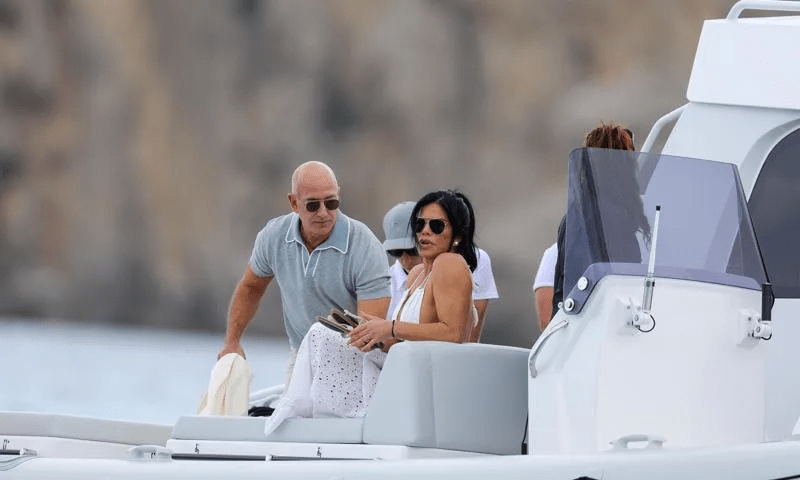Amazon founder Jeff Bezos has set sail into the limelight with his colossal superyacht, the Koru. This massive vessel that it is docked alongside oil tankers in Florida. While the luxury and enormity of Bezos’ maritime acquisition are making waves, its significant carbon footprint also raises environmental eyebrows.
Bezos’ superyacht, the Koru, is 416 feet long and named after the Maori word for “coil.” However, its sheer size poses a logistical challenge, preventing it from docking at South Florida’s primary yacht spot. Instead, it finds its place beside 600-foot oil tankers, an unconventional but necessary arrangement.
The cost of this maritime marvel is staggering, with reports suggesting a price tag of $500 million and operational expenses soaring at $137,000 per day. While Bezos’ financial prowess is undeniable, the Koru’s environmental toll is drawing attention. A recent analysis from the University of Indiana reveals that this superyacht emits a whopping 7,154 tons of greenhouse gases annually, starkly contrasting Bezos’ public commitment to address climate change.

Anthropologists Beatriz Barros and Richard Wilk, who have been vocal about billionaire pollution, emphasize the egregious environmental impact of luxury sailboats like the Koru. Wilk points out, “The emissions of the superyachts are way above anything else,” attributing it to the constant maintenance, onboard amenities like helicopters and jetskis, and high-energy luxury items. He describes it as “having a hotel running on the water all the time.”

The revelation of the Koru’s environmental footprint challenges the narrative of Bezos’ dedication to environmental causes. Despite the billionaire’s significant financial commitment to combat climate change, the extravagant lifestyle embodied by the superyacht seems at odds with this mission.
As media coverage focuses on the debut of the Koru, questions linger about the environmental responsibility of the ultra-wealthy and the sustainability of such lavish displays of wealth on the high seas.


